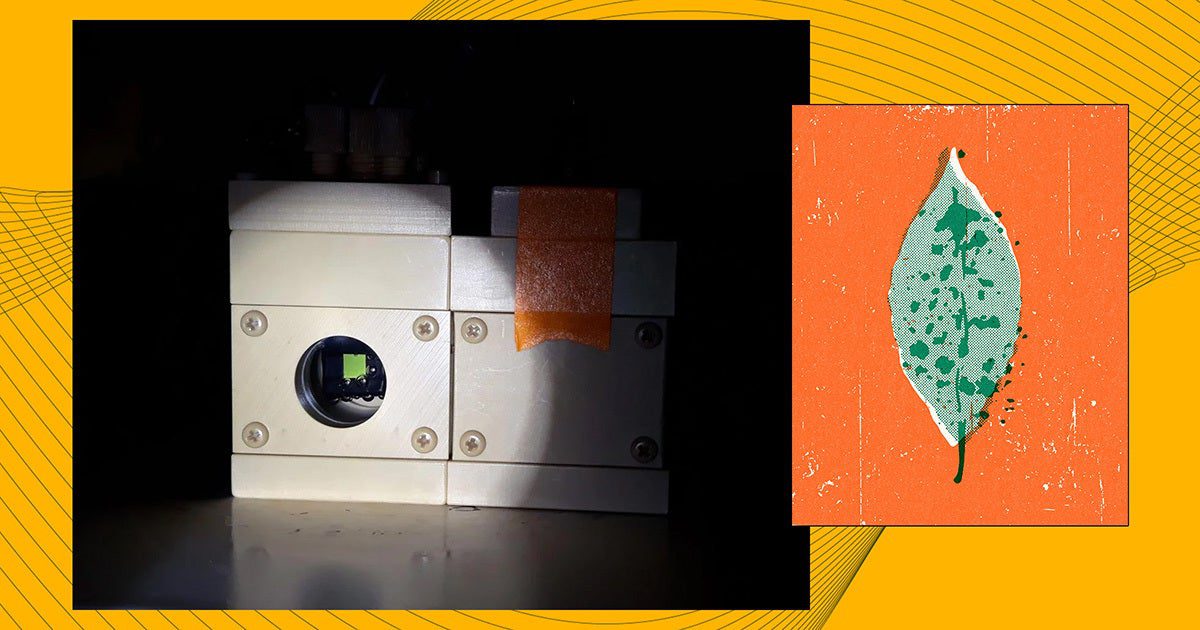
Artificial Leaf Innovation
Inspired by the natural process of photosynthesis, researchers have crafted an innovative “artificial leaf” that effectively captures carbon dioxide from the atmosphere and converts it into eco-friendly fuels.
For several years, experts from various research institutions have been engaged in experiments involving similar artificial leaves designed to harness light and carbon dioxide, mimicking the function of real leaves.
Now, a collaborative team from the esteemed University of Cambridge and the University of California—Berkeley has developed a system that leverages this nature-inspired approach, integrating tiny copper “nanoflowers” to produce clean hydrocarbons. These hydrocarbons, similar to fossil fuels, are composed of hydrogen and carbon.
In a recent study published in the Nature Catalysis, the researchers elaborate on how their work builds on previous experiments conducted at Cambridge, utilizing perovskite—a crystalline substance that could potentially decrease the cost and increase the efficiency of solar panels.
Despite previous advancements in the development of efficient carbon-scrubbing artificial leaves, lead researcher Virgil Andrei emphasized the team’s goal to push the boundaries of the technology further.
“Our aim was to transcend simple carbon dioxide reduction and generate more complex hydrocarbons,” he stated in the university’s announcement, “but achieving this necessitates significantly higher energy input.”
To accomplish this, the Berkeley and Cambridge researchers harnessed the light-absorbing capabilities of their perovskite-based artificial leaves, alongside copper nanoflowers as catalysts, to synthesize more intricate hydrocarbons like ethane and ethylene using only CO2 and water.
They also incorporated silicon nanowire electrodes into their device, enabling the addition of glycerol, which enhanced the system’s efficiency by 200 times and resulted in valuable chemical byproducts such as glycerate, lactate, and formate.
“Glycerol is often viewed as waste,” Andrei remarked, “but in this case, it plays a pivotal role in accelerating the reaction.”
This intriguing yet unnamed device is currently in the early stages of development and requires further refinement for scalability. However, the research team holds a positive outlook on its prospective applications — particularly vital as carbon emissions linked to climate change continue to rise unabated. There’s no better moment for such ground-breaking research to make an impact.
Explore more about alternative fuel innovation: Chinese Astronauts Generate Rocket Fuel in Space via “Artificial Photosynthesis”









